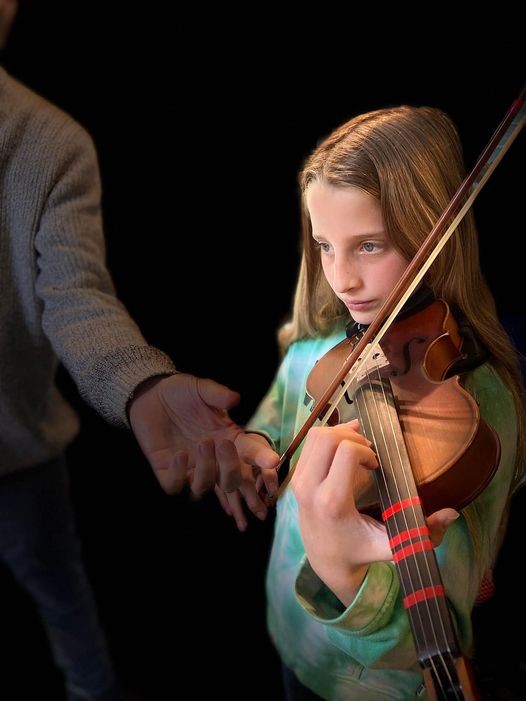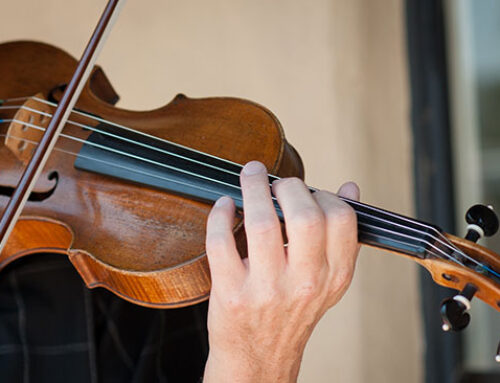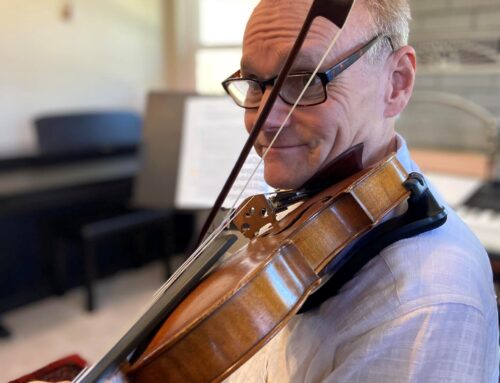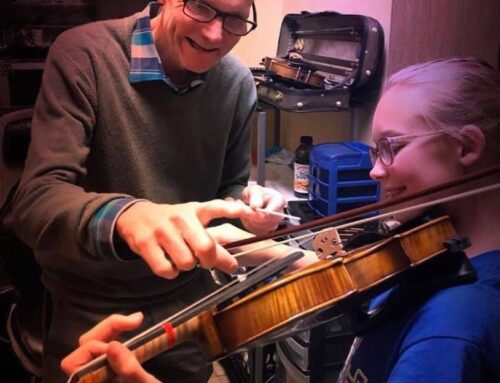Warming up before playing the violin is just as important as practicing the instrument itself. For beginner violin instruction, warm-up exercises are crucial. They help students prepare physically and mentally for their practice sessions. Warming up also reduces the risk of injury and improves overall performance. In this blog, we will explore the importance of warm-up exercises for new violin players and how they contribute to effective violin instructions for beginners.
Preparing Your Body and Mind
Warming up prepares your body for playing the violin. Just like athletes stretch before a game, musicians need to warm up their muscles and fingers. This is especially important for beginners who are still getting used to the instrument. Warm-up exercises increase blood flow to your muscles. This can help prevent stiffness and discomfort while playing.
Additionally, warming up allows you to focus. It gives you time to think about your posture, hand position, and bow hold. This mental preparation helps you start your practice with the right mindset.
Improving Technique and Flexibility
Warm-up exercises also help improve technique. For beginner violin instruction, developing good habits early on is essential. Simple warm-ups like scales and arpeggios can enhance finger agility and coordination. When you practice these exercises regularly, your fingers become more flexible.
Flexibility is crucial for playing the violin. As you move up the fingerboard, you need to stretch your fingers to reach different notes. By warming up, you can make these stretches easier and more comfortable.
Moreover, warm-up exercises can help you focus on tone quality. As you play scales, you learn to listen to the sound you produce. This awareness helps you adjust your bow pressure and speed, leading to better sound production.
Establishing a Routine
Incorporating warm-up exercises into your practice routine is essential. Establishing a consistent warm-up routine helps you stay disciplined. It signals to your body and mind that it is time to practice.
For beginners, a good warm-up session might last about 10 to 15 minutes. You can start with some simple finger exercises. Then, move on to scales and arpeggios. As you progress, you can add more challenging exercises to your routine.
Over time, this practice will help you develop muscle memory. Muscle memory allows you to play more smoothly and confidently. It also makes it easier to learn new pieces of music.
Boosting Confidence
Warm-up exercises can also boost your confidence as a beginner violinist. When you start your practice session with focused exercises, you are setting yourself up for success. As you become more comfortable with the violin, you will feel more confident in your abilities.
Confidence is key when learning any instrument. It allows you to take risks and experiment with your playing. When you warm up, you build that confidence, which helps you tackle more challenging pieces and techniques.
In summary
Warm-up exercises are essential for new violin players. They prepare your body and mind, improve technique and flexibility, and help establish a routine. These exercises also boost your confidence, allowing you to enjoy your practice sessions more.
If you are looking for expert violin instruction for beginners, consider reaching out to Paul Ciolek. He offers personalized lessons that cater to each student’s needs. With the right guidance and a solid warm-up routine, you can make significant progress on your violin. Happy practicing!






Leave A Comment